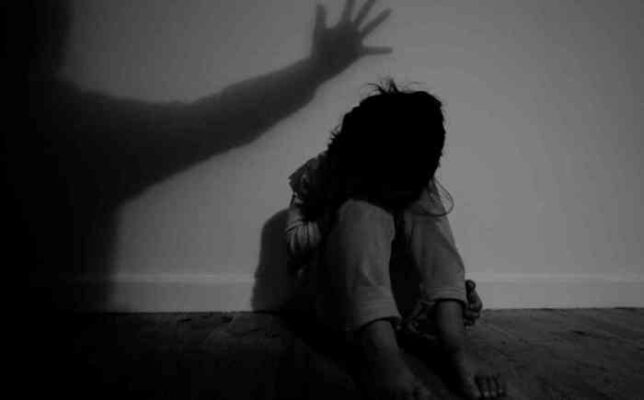The Silence of Trauma
Traumatic stress refers to the physical and emotional response to events that threaten the life or physical or psychological integrity of the child or someone critically important to the child. A traumatic experience is unexpected and unpredictable, and can be uncontrollable, and terrifying. Emotional responses to traumatic experience are often overwhelming and may include terror, helplessness, and extreme alertness that may lead to impulsive and ineffective reactions. Children can often feel overwhelmed and confused.
Millions of individuals are affected by the sequelae of trauma, many of them, in silence. The effects of chronic trauma tend to be cumulative, because each event serves as a reminder of the prior trauma and reinforces its negative impact. A child or adolescent who has been exposed to a series of traumas may become increasingly inundated with each subsequent event and more convinced that the world is not a safe place.
It does not need to be this way. There is a need to remind ourselves and those around us that everyone is subject to be exposed to trauma and the consequences may affect several of our areas of life. Parents and caregivers can help children receive the help they need to cope with these experiences and start the process of recovery. Below are some resources to learn more about trauma.
What experiences would you like to share with us? Please feel free to leave a comment.
As ever,
Mardoche
References
-
Traumatic Stress in Children and Adolescents Eight Steps to Treatment. John Sargent, MD. Psychiatric Times. March 13, 2009.
-
The National Child Traumatic Stress Network. Understanding Traumatic Stress in Adolescents: A Primer for Substance Abuse Professionals. (2008).
-
Child Trends. (2016). Children’s exposure to violence.
-
Finkelhor, D., Turner, H. A., Shattuck, A., & Hamby, S. L. (2015). Prevalence of childhood exposure to violence, crime, and abuse: Results from the national survey of children’s exposure to violence. JAMA Pediatrics, 169(8), 746-754.
-
National Institute of Mental Health. Helping Children and Adolescents Cope with Violence and Disasters: What Parents Can Do.
Trauma Resources






